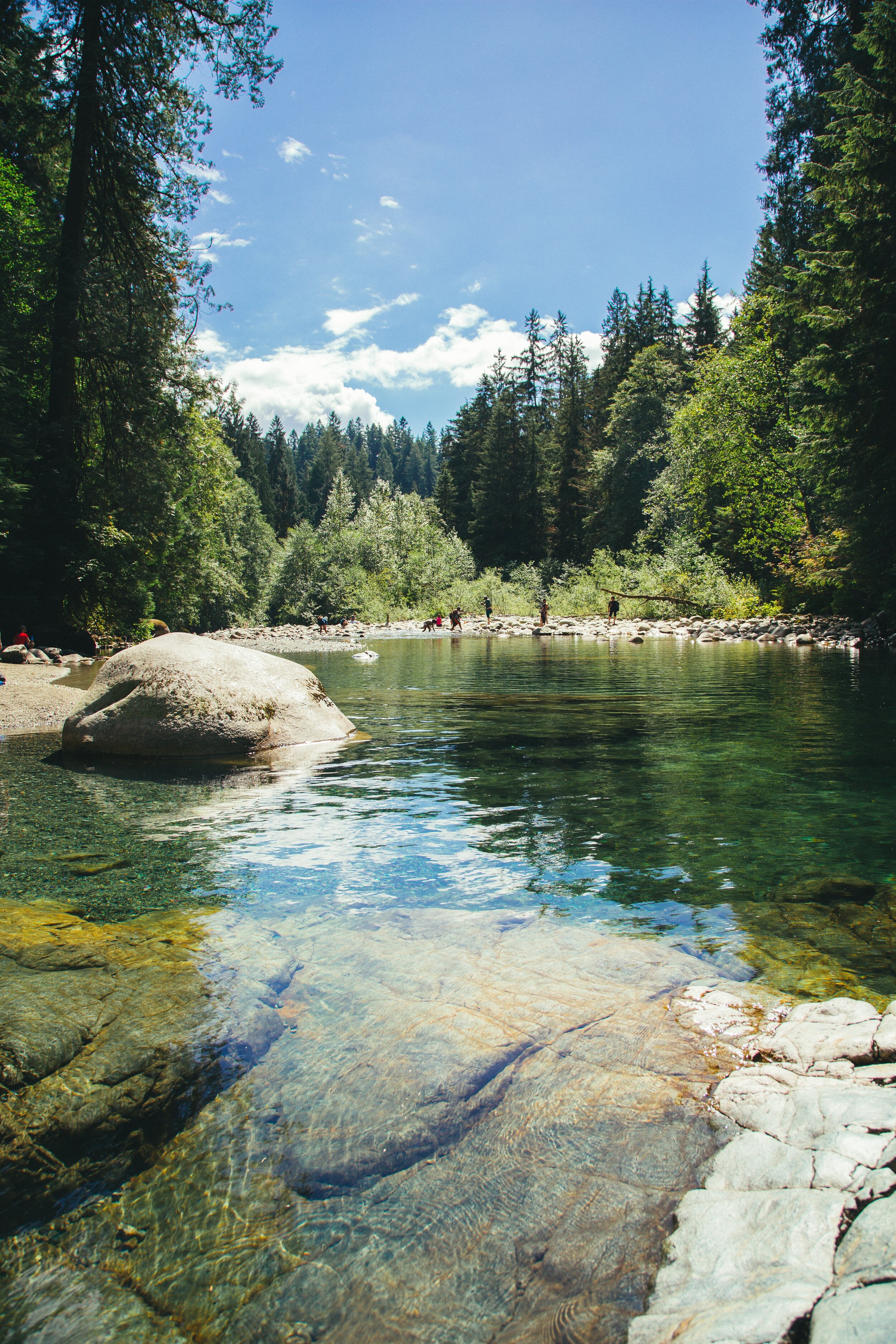The Importance of Protecting Riparian Zones
Photo by Jack Church on Unsplash
The more you know about the outdoors, the easier it becomes to want to protect it. So, in an effort to help motivate more outdoor lovers to keep our trails clean, here is an overview of riparian zones and the importance of keeping them clean.
An incredibly unique area of our eco-system provides a tremendous outsized positive impact. The riparian zone is land along waterways, including floodplains and stream banks, such as along the Lower Blue River. According to the United States Department of Agriculture (USDA), riparian zones comprise only 1% of land in the western US but are among our most productive and valuable natural resources.
They possess distinct soil and vegetation characteristics from upland land zones. Groundwater is nearer the surface and promotes robust vegetation, and is typically highly nutrient-rich. This dynamic area filters pollutants and helps control erosion, so unwanted sediment is not sent downstream. This wonder of nature naturally aids our drinking water supply.
The lush vegetation helps to cool the water for aquatic life and lower the amount lost to evaporation, particularly in the arid West. The USDA also claims that most of the western wildlife is supported by riparian zones.
Deer, elk, beavers, and other magnificent creatures depend on a healthy riparian zone for existence. There is competition, though, as it is estimated that 80% of recreation occurs within 75 yards of waterways. In the Dillon Ranger District that encompasses Summit County, which receives approximately 4 million recreation visits annually, the policy implications are enormous.
The beauty of the streambank entices many to explore and unintentionally disrupt this vital area of our eco-system. Leave no trace and trail cleanup programs should be enhanced significantly in areas and towns where visitors come from locations without strong land and water ethos.
Photo by Jasmin Sessler on Unsplash
Cleanup programs can be formulated and rolled out with collaboration across municipalities and stewardship groups to get the message out for our water and wildlife’s health.
Considering this county has over 400 miles of trails close to waterways, there is a lot of potential for the riparian zone and stream denigration. It should merit high priority analysis and focus within larger watershed projects and studies through state and local agencies.
With substantial private/public partnerships, capital can flow to scale trail and stream bank restoration to enhance our natural resources and promote economy as hunters and anglers are happier with healthy species. They contribute to our area’s income.
There can also be seasonal employment creation with larger-scale eco-restoration facilitating a new economic engine in these uncertain times.
Next time you are on a hike, take the time to observe the riparian zone's beauty and power and commit over time to helping to take care of our natural wonders.


